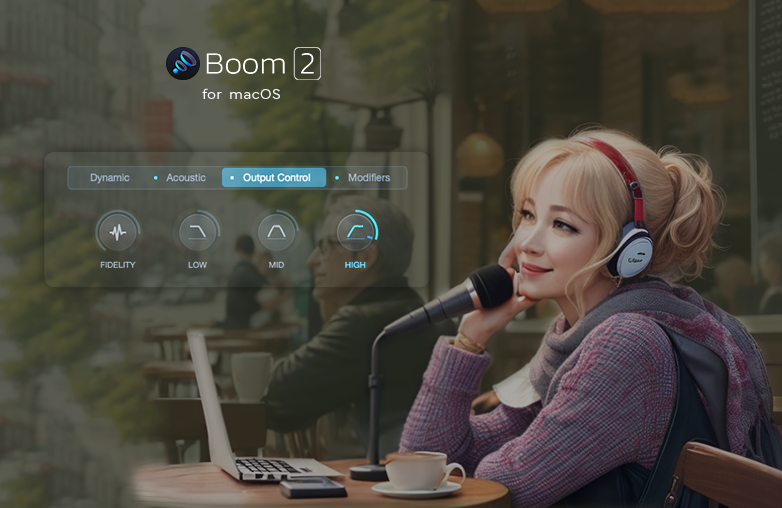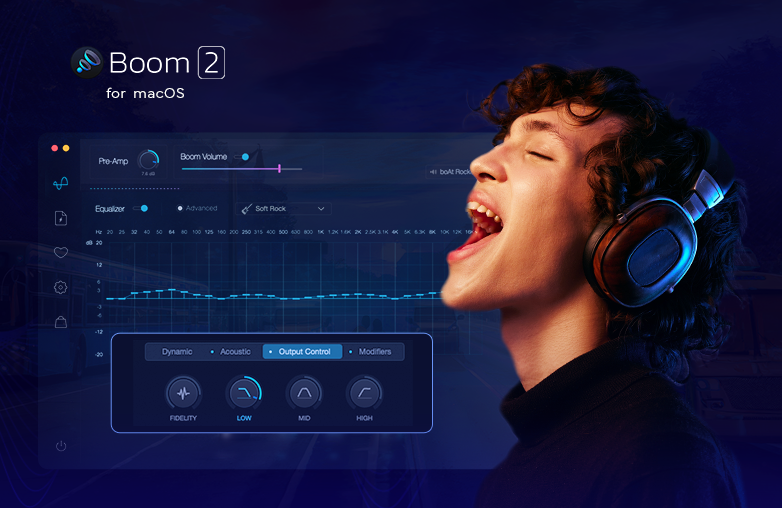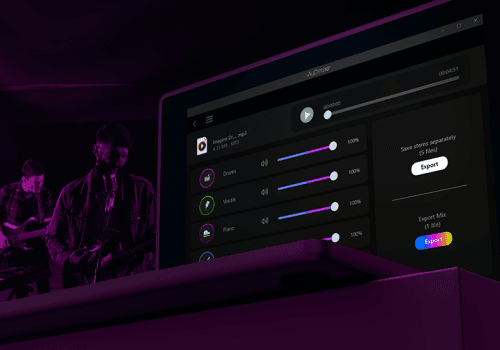Audio filters play a great role in how your audio will sound. From sweet melody to rocking bass, to experience the true feel of sound, sound quality with the right frequency filters is all you need. Audio engineers constantly try to get that perfect soundscape to your ears.
Imagine listening to a guitar tone drowned by too much bass. Not interesting, isn’t it? We don’t even want to think about it. This is where a frequency filter can help refine the sound and to shape it. To get more details about high, mid and low-frequency filters, and where can you find them easily, read on:
What are high-frequency filters?
High-frequency filters are the rescue team when low-frequency sound reverberates and rumbles; causing the audio to be disturbing. It allows only the high-frequency sound to pass through the audio while deleting unwanted low-frequency sound that disturbs an energetic sound.
High-frequency filters are also called high-pass filters. Its precise definition is: These frequency filters are designed in such a way that only a certain level of frequency can pass through the audio while cutting off frequencies that are below the desired level. Removing unwanted sound, high-frequency filters achieve the best-focused sound where detail and clarity are the best features.

Example of a high-frequency filter
Let’s take a scenario, you’re listening to a song by an unknown artist. The voice is melodious, and everything is perfect, but the background noise of the wind is disturbing the quality of the audio. In this scenario, you can adjust the high-frequency filter and enjoy clear vocals without any disturbance.
To adjust frequency filters in your audio, download Boom 2. This is a stereo volume booster app designed for Mac users. With the help of this app, you can adjust frequency filters.
What are Mid-frequency filters?
Mid-frequency filters are used to shape the tone of audio signals. To bring forward vocals or instruments and to push them back in a mix mid-frequency filters are used.
When you cut or boost mid-range frequencies, you can slow down or increase the presence of vocals or instruments in the audio.

Example of Mid-frequency filters
Take a scenario of listening to a rock band, and you notice that the guitar tone is drowned. To make the guitar tone stand out, apply the mid-frequency filter.
With a mid-frequency filter, you can increase the frequency bands where the guitar tone is clearly heard. You should know when, how and why to use different audio filters.
What are Low-frequency Filters?
Low-frequency filters eliminate higher frequency and increase low-frequency sound. This filter is commonly used to remove unwanted background noise.
When background noise, such as the rumble of cars or a passing train affects the quality of a recording, low-frequency filters are used to clear disturbance of the audio.
Example of Low-frequency filters
Let’s take a scenario, you have a music recording with background fuzz. And it’s muddying the actual recording. In this scenario, you can use the low-frequency filter to adjust the lows, and get rid of the background fuzz that’s causing a disturbance.

Bottom Line
Whether you want to eliminate unwanted noise, boost the frequency of instruments or balance the tone in any audio, high, mid, and low-frequency filters can help you.
Download Boom 2 and experience a revolutionary change in the way you customize and enjoy audio.


















































